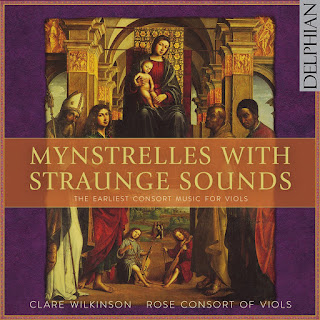 |
| Penny Woolcock (director) and Dick Bird (designer) in Campfield Market Hall, the venue for The Passion |
Streetwise Opera is a charity which uses music to help support people who have experienced homelessness. The idea is to use ambitious opera productions, which do not compromise their artistic integrity, to show that everyone has the capacity to be extraordinary and can do things they have never dreamed of. The company aims to help people remove the boundaries that they impose on themselves. Homelessness does not just involve practical things like accommodation, but also involves issues like lack of self worth and low well being, and the people involved have been through traumas often from childhood. Matt is an eager and engaging spokesman for the company's work, and explains how the Arts can help people see that they have achievements and skills.
A glorious blank canvas will be turned into an operatic world
 |
| Streetwise Opera - Canticles (2002) photo credit Streetwise Opera |
Penny Woolcock and Harry Christophers have created shorter, hour long version of the work which will have a new finale written by James MacMillan. It will be fully staged and there has been deep integration between The Sixteen and Streetwise. Four singers from The Sixteen are embedded with Streetwise and attend workshops in Manchester. They will perform with Streetwise and sing the arias, whilst Harry Christophers and full Sixteen chorus and orchestra come later. It will be a promenade production, very site specific using what Matt terms the 'glorious blank canvas' of a Victorian market hall. It is a huge space which will be turned into an operatic world. Though Manchester International Festival has used for a few performances, including a Bjork gig, it is still a market hall with occasional markets in it.
Social well-being is an important part of Streetwise Opera's work, but Matt realised early on that if you do not have an equal focus on the artistic element then it undermines the social. So they do work of significant artistic interest, from their first production in 2002 of Britten's Canticles in Westminster Abbey.





































%20in%20The%20Merry%20Widow.%20Credit%20Mihaela%20Bodlovic.%20(2).jpg)

%20in%20Trial%20by%20Jury.%20Credit%20Mihaela%20Bodlovic..jpg)

.jpg)
%20Britten%20Pears%20Arts%20(1).jpg)


